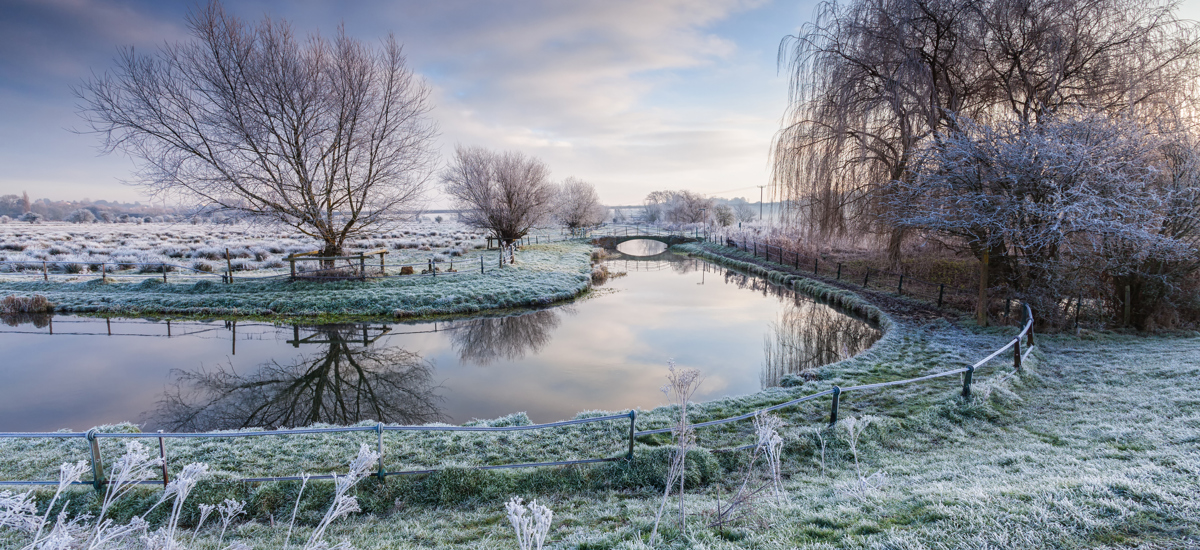A spell of lower temperatures combined with the remnants of Hurricane Lorenzo will see heating season start for households across the country this week.
Although the weather is set to improve over the weekend, over the next few days, more than 50,000 Brits are expected to turn up the thermostat only to find their boiler has packed in over summer.
Engineers will be called out to people’s homes in the wind, snow and rain to get their heating and hot water systems back up and running.
The ‘Great British boiler switch-on’ tends not to happen until average temperatures enter single figures for a full week – which means there’s likely to be another, mass wave of boiler breakdowns on the horizon.
Facing a 39 per cent increase in demand for call outs compared with last week, British Gas is using this short spell of bad weather to urge households to think ahead, so that when the time comes for the nation to turn the heating on for good, any issues have been sorted in advance.
- Keeping everything ticking over: Like a car that hasn’t started for a while, your boiler can seize up if it’s not turned on for an extended period of time. It’s a good idea to run your central heating for at least an hour a day during the colder months – even if you’re going away – to make sure it keeps running smoothly. Check out the boiler manual to find out how to set the timer.
- Bleeding your radiators: When your heating’s been out of action for a few months, air can enter the system and form bubbles at the top of your radiators, which stops them from working efficiently.
- If you test your heating and notice cold spots at the top of your radiators, switch them off and after they cool, turn a radiator key in the valve at the top to let the air out. It’s worth having a rag or a small container to hand to catch any drips.
- Don’t forget that bleeding your radiators may cause the system pressure to drop – you can spot this by checking the pressure gauge on your boiler, and it’s easy to top up if needed.
- Cold spots at the bottom or in the middle of your radiators might mean you’ve got sludge building up – sorting this out is more complicated, and you might need to call an engineers to help flush out your system.
-
Wrapping your pipes up warm: Frozen condensate pipes is one of the most common problems we come across – and it doesn’t actually require specialist training to fix. The best solution is to stop the water inside your hot water pipes from freezing in the first place – water expands when it turns to ice, which can lead to burst or damaged pipes. Insulating materials are an easy, cost-effective solution, available from most DIY stores – if you keep your water system nice and cosy, it will do the same for you.
-
Installing a carbon monoxide detector: Faulty central heating systems are one of the most common sources of carbon monoxide in the home. You can’t hear it, see it, taste it or smell it, and it kills around 30 people a year – but fortunately, carbon monoxide poisoning is preventable. As well getting your boiler checked once a year, it’s essential to have a carbon monoxide alarm fitted. Available through British Gas or from your local DIY store, the detectors last between five and seven years, so check yours is in date and test it to be certain it’s working.
-
Embracing the latest tech: Using a smart thermostat to control your heating on the go means you can avoid wasting money on energy you’re not using. If you’re stuck at work or delayed on the way home, you can use your smartphone to stop the heating from coming on too early and warming up an empty house. To find out more, visit: www.britishgas.co.uk/hive.
-
Fiona Carmichael
